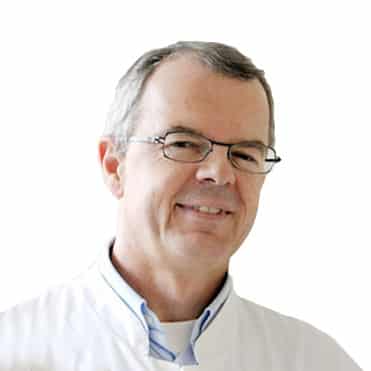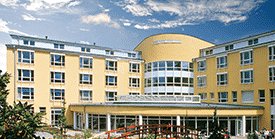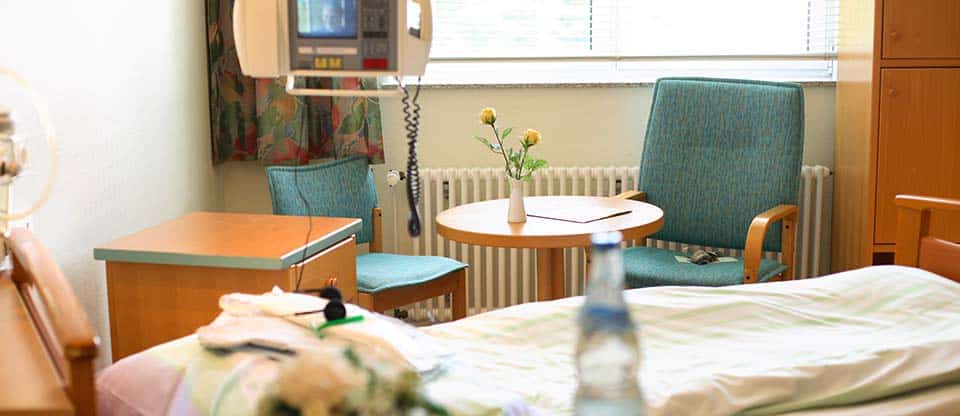The following factors increase the risk of developing lung carcinoma:
- Acquired, exogenous:
- Smoking, including passive
- Ionizing radiation (high concentration of radon, medical radiation exposure)
- Fine dust
- Exhaust from diesel engine
- Asbestos
- quartz dust
- Occupational hazards (in Germany these include: arsene, beryllium, cadmium, chromium, direct coke gases, nickel, polycyclic aromatic hydrocarbons, silicon dioxide)
- genetic, endogenous
- Individuals who have one or more first-degree relatives with a positive history of lung cancer are at increased risk
Overall, smoking, especially active smoking, is a major risk factor. The relationship between smoking and other exogenous or endogenous risk factors has not been fully elucidated.
The chances of recovery from lung cancer are greatly increased when the signs of lung cancer are recognized in time. The symptoms of lung cancer are varied and sometimes non-specific.
The problem is that with lung cancer, there are almost no early symptoms. Since the lungs are not sensitive to pain. Tumors often develop over the years and are detected for the first time only at advanced stages.
The most common symptoms that bring patients to the doctor are:
- Cough
- Sputum
- shortness of breath
- Blood-streaked sputum when coughing
- Difficulty swallowing or vomiting blood
- Weight loss
- Pain in the chest or back
- Night sweats with fever
- Weakness
All these symptoms are non-specific and for the most part are already present when smoking in large quantities. Thus, a certain time passes before a diagnosis is made. For this reason, it is important to be careful when symptoms change. Clarity comes from a thorough medical examination.
Video
Request appointment
Useful links















